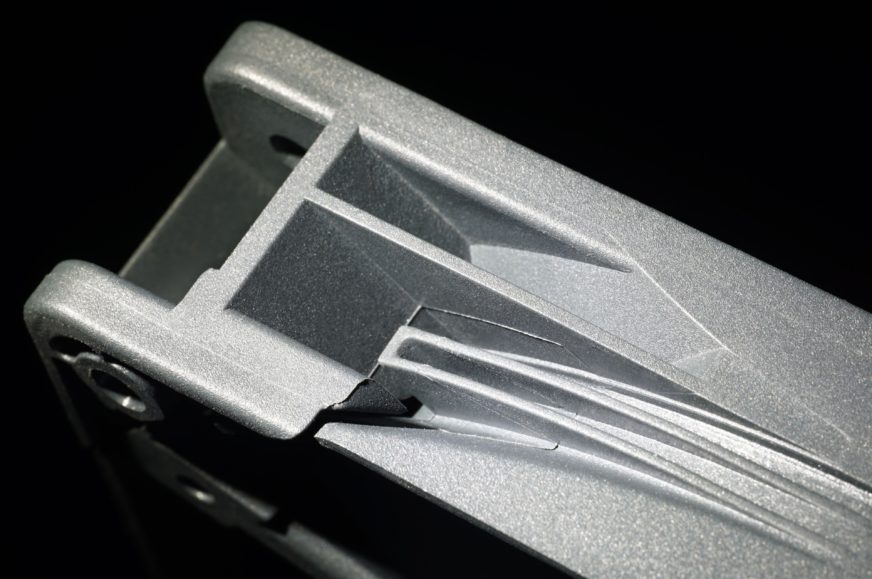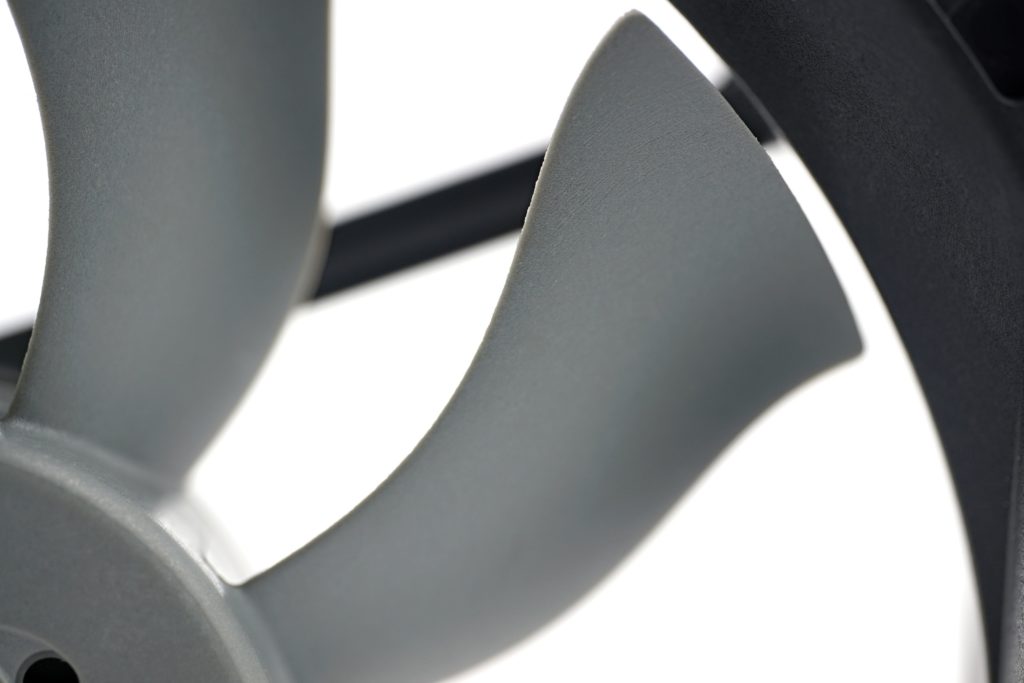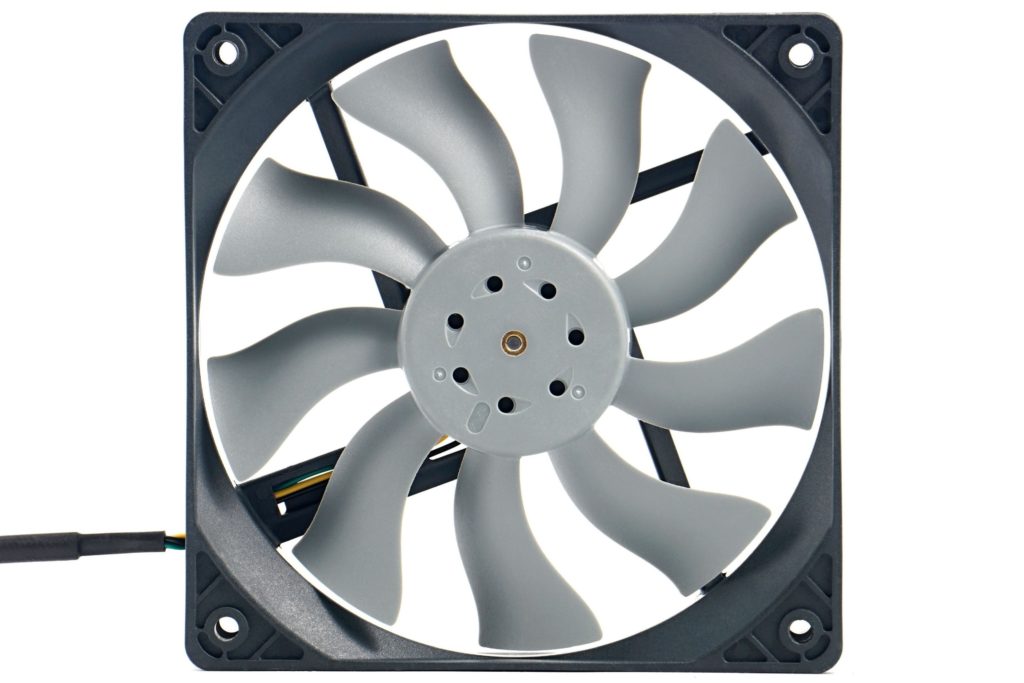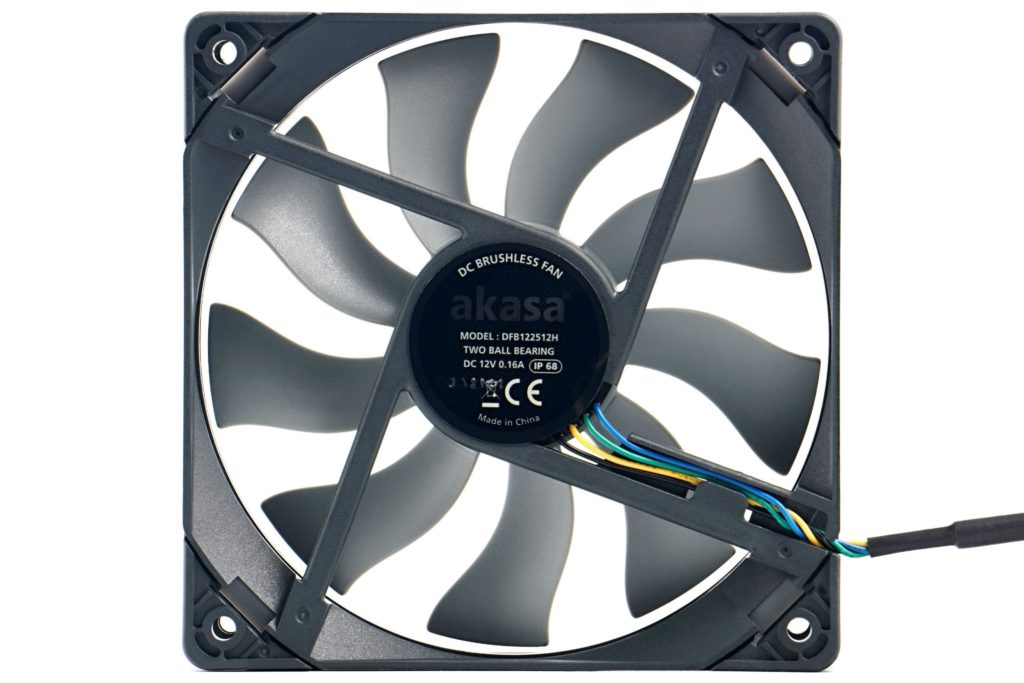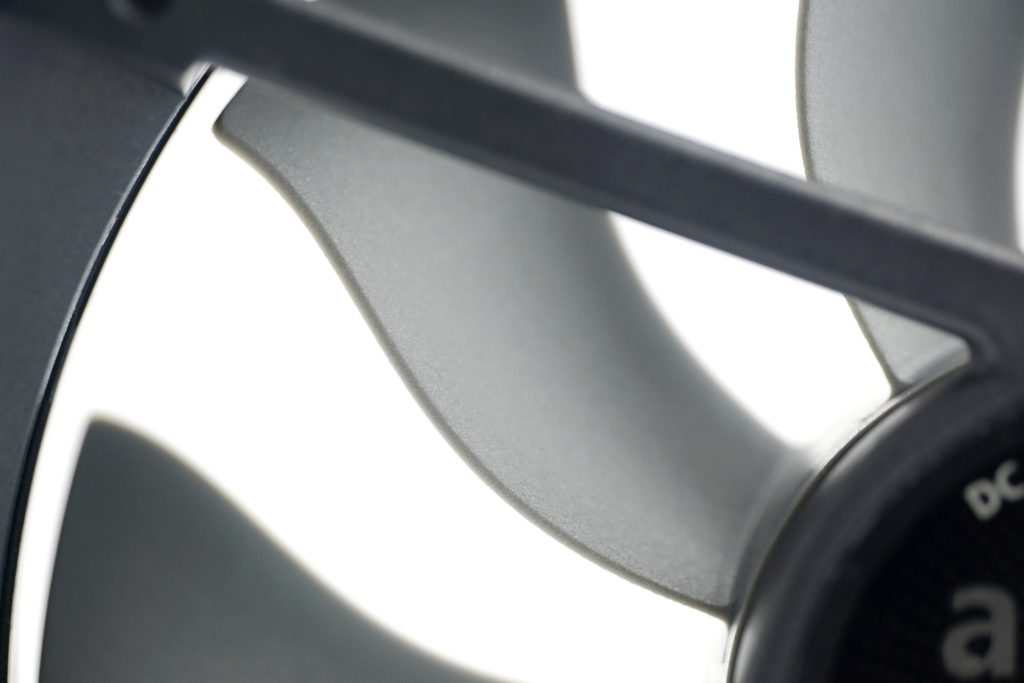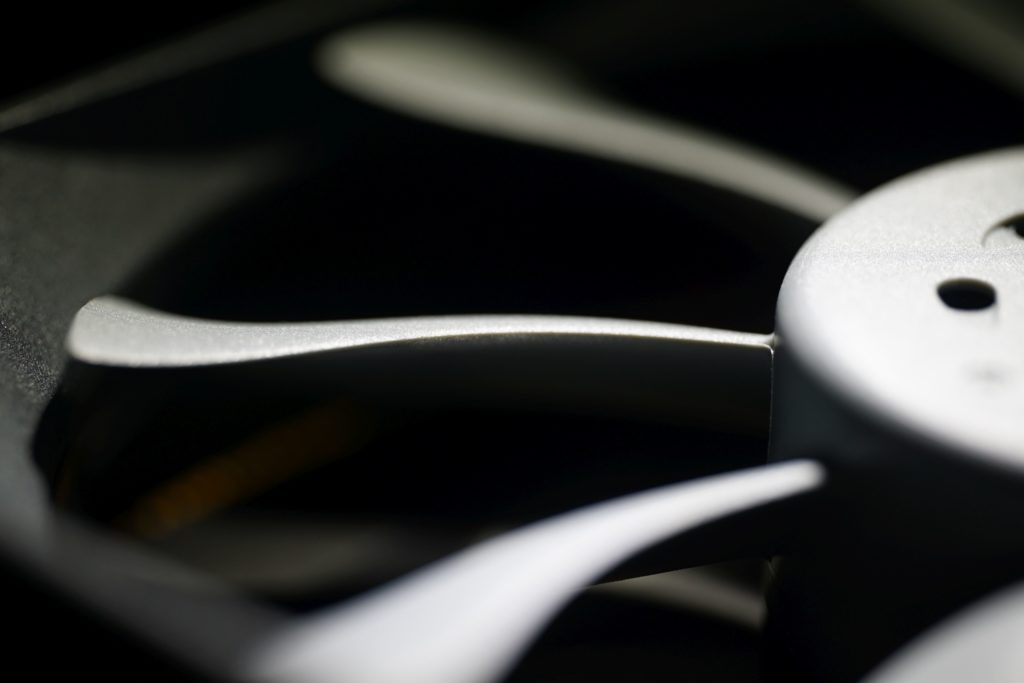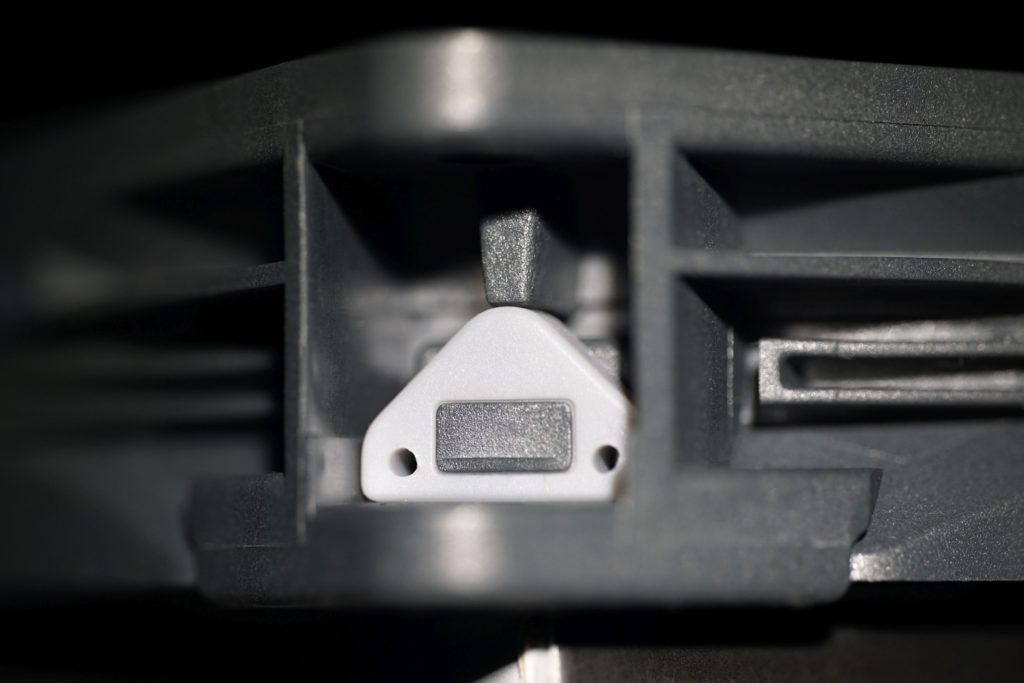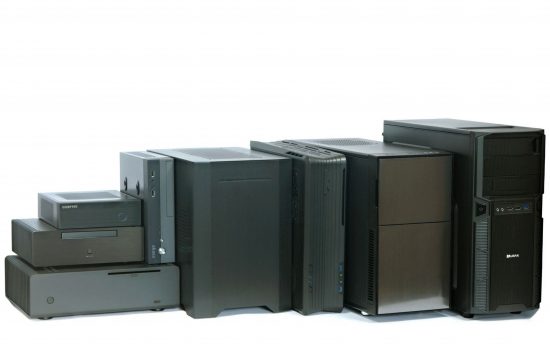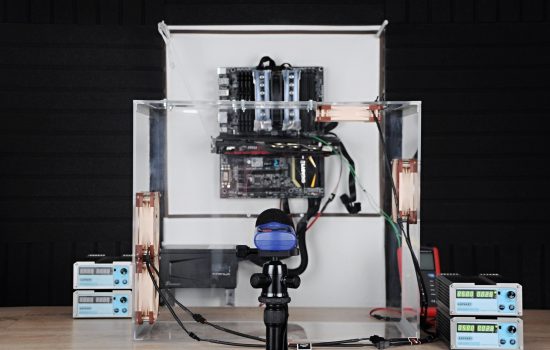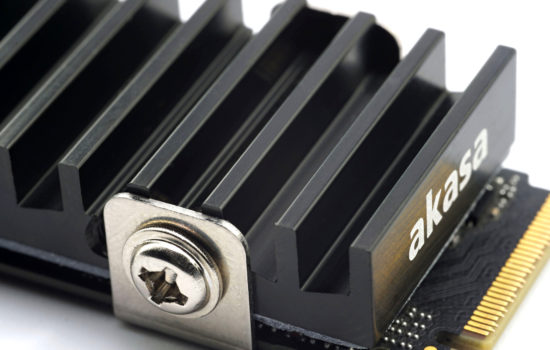Akasa OTTO SF12 in detail
Predisposed to more demanding industrial conditions, Akasa OTTO fans go well beyond “normal” home computer use. Complete water and dust resistance, three-phase torque and, above all, a unique vibration elimination system. The effectiveness of the proven “S-Flow” rotor is high, but there is one thing Akasa has overdone a bit. That is, if the OTTO SF12 fan is really meant for system cooling.
At the beginning of the year, Akasa released a new series of OTTO fans, which attracts attention especially with its unconventional anti-vibration design. However, these fans are overall overdone with added value. We’ll break everything down in turn, but let’s start with the fact that the Akasa fans come in two types. These are differentiated by the shape of the rotor.
The OTTO variant with the designation SC12 (AK-FN109) is referred to by Akasa as a fan suitable for cooler heatsinks, while the SF12 (AK-FN110) model is supposed to be better prepared for in-case air circulation. But then again, it’s not to be taken too seriously. These classifications are often of marketing origin and give the impression of correctness (use) and that the manufacturer has better focused on a specific application, which is better than some “universal” fan.
For this test, we will be looking at the OTTO SF12 variant, which is supposed to perform better in the system fan position. That is, one that provides air exchange in a computer case.
| Brand and model of fan | Paper specicifations * | Price [EUR] | ||||||||
| Format (and thickness) in mm | Connecting | Speed [rpm] | Airflow [m3/h] | Static pressure [mm H2O] | Noise level [dBA] | Bearings | MTBF [h] | |||
| Motor | RGB LED | |||||||||
| Akasa OTTO SF12 | 120 (25) | 4-pin (PWM) | N/A | 0–2000 | 164.84 | 3.59 | 7.1–31.7 | ball | 80 000 | 22 |
| Cooler Master SickleFlow 120 ARGB | 120 (25) | 4-pin (PWM) | 3-pin (5 V) | 680–1800 | 105.34 | 2.50 | 8.0–27.0 | rifle | 160 000 | 15 |
| Alphacool SL-15 PWM | 120 (15) | 4-pin (PWM) | N/A | 600–1800 | 71.40 | 1.20 | 32.0 | ball | 50 000 | 11 |
| Arctic BioniX F120 | 120 (25) | 4-pin (PWM) | N/A | 200–1800 | 117.00 | 2.10 | 20.0 | fluid | N/A | 10 |
| SilverStone SST-AP123 | 120 (25) | 3-pin (DC) | N/A | 1500 | 96.84 | 1.46 | 23.8 | fluid | 50 000 | 25 |
| Noctua NF-P12 redux-1700 PWM | 120 (25) | 4-pin (PWM) | N/A | 400–1700 | 120.20 | 2.83 | 25.1 | SSO | 150 000 | 13 |
| SilentiumPC Fluctus 120 PWM | 120 (25) | 4-pin (PWM) | N/A | 300–1800 | N/A | N/A | N/A | fluid | 100 000 | 12 |
| MSI MEG Silent Gale P12 | 120 (25) | 4-pin (PWM) | N/A | 0–2000 | 95.48 | 2.21 | 22.7 | hydrodynamic | 50 000 | 31 |
| Asus ROG Strix XF120 | 120 (25) | 4-pin (PWM) | N/A | 1800 | 106.19 | 3.07 | 22.5 | „MagLev“ | 400 000 | 23 |
| Akasa Vegas X7 | 120 (25) | 4-pin (PWM) | 4-pin (12 V) | 1200 | 71.19 | N/A | 23.2 | fluid | 40 000 | 11 |
| Reeven Coldwing 12 | 120 (25) | 4-pin (PWM) | N/A | 300–1500 | 37.54–112.64 | 0.17–1.65 | 6.5–30.4 | sleeve | 30 000 | 12 |
| Reeven Kiran | 120 (25) | 4-pin (PWM) | shared | 400–1500 | 110.10 | 2.95 | 33.6 | fluid | 120 000 | 17 |
| SilentiumPC Sigma Pro 120 PWM | 120 (25) | 4-pin (PWM) | N/A | 500–1600 | 79.00 | N/A | 15.0 | hydraulic | 50 000 | 7 |
| SilentiumPC Sigma Pro Corona RGB 120 | 120 (25) | 4-pin (PWM) | 4-pin (12 V) | 1500 | 56.58 | N/A | N/A | hydraulic | 50 000 | 12 |
| SilverStone SST-AP121 | 120 (25) | 3-pin (DC) | N/A | 1500 | 60.08 | 1.71 | 22.4 | fluid | 50 000 | 18 |
| SilverStone SST-FQ121 | 120 (25) | 7-pin (PWM) | N/A | 1000–1800 | 114.68 | 0.54–1.82 | 16.4–24.0 | PCF (fluid) | 150 000 | 20 |
| Xigmatek XLF-F1256 | 120 (25) | 3-pin (DC) | N/A | 1500 | 103.64 | N/A | 20.0 | „long-life“ | 50 000 | 16 |
* When reading performance values, a certain amount of tolerance must always be taken into account. For maximum speeds, ±10 % is usually quoted, minimum speeds can vary considerably more from piece to piece, sometimes manufacturers will overlap by as much as ±50 %. This must then also be adequately taken into account for air flow, static pressure and noise levels. If only one value is given in a table entry, this means that it always refers to the situation at maximum speed, which is achieved at 12 V or 100 % PWM intensity. The manufacturer does not disclose the lower limit of the performance specifications in its materials in that case. The price in the last column is always approximate.
The blades are characterised by a bending into a kind of a fin. Akasa refers to this design as “S-Flow” and it has appeared on Apache and Viper fans in the past. Compared to fans with “standard” blades, this shape is said to achieve 30 % more airflow at the same speed. However, the Akasa materials do not specify by how much the noise level will increase.
The surface of the rotor is smooth, matt. The weight of the fan (166 g) is average for a 120 mm format, but the design makes a good impression – sturdy.
The fan does not have four stator slots, as is usually the case, but as many as six. This makes the rotation smoother and naturally requires less force. The label does state 0.16 A at 12 V, but these figures do not reflect either the operating power draw (which is a bit lower) or the motor power (which is considerably higher).
However, we can confirm the IP68 rating after two days of running the fan underwater. The OTTO SF12 will not be damaged by contact with liquid (unless it is something aggressive) and is also suitable for operation in excessively dusty environments. The insulation against the intrusion of very small particles is handled well.
But let’s move on to the anti-vibration. Its principle is that the motor support structure with the rotor are separated from the rest of the frame (with mounting holes). They are in contact, of course, but through a rubber silentblock with a hardness of about 40 Shore, so quite soft. Enough to absorb the intensity of the vibrations generated by the fan. For example, from the motor vibrations generated at high airflow.
While part of the frame is fixed to the case, the other part has some space to move freely in all three axes and thus vibrations are not transmitted to the frame of the case (or cooler) as in the case of fans that have a one-piece frame.
The anti-vibration mounting is actually multi-level. The first level is silentblocks in the corners of the fan, the second is traditional anti-vibration spikes instead of self-tapping screws. These are not included in the accessories, which is quite rare, and even if you had your own, you could damage the fan with them.
The frame material is too brittle for thread cutting and it cracks. With gentle tightening it might hold up, but it’s always a risk. Mounting via anti-vibration spikes, meanwhile, has no justification in this case. The vibrations are weak enough to be absorbed by the built-in silentblocks, even at maximum fan power.
One more piece of information about the cable. It is 30 cm in length, its conductors are in a dense mesh and the tightening tabs between its ends are embedded reliably (deeply).
- Contents
- Akasa OTTO SF12 in detail
- The basis of the methodology, the wind tunnel
- Mounting and vibration measurement
- Initial warm-up and speed recording
- Base 7 equal noise levels…
- .. and sound color (frequency characteristic)
- Static pressure measurement…
- … and airflow
- Everything changes with obstacles
- How we measure power draw and motor power
- Measuring the intensity (and power draw) of lighting
- Results: Speed
- Results: Airlow w/o obstacles
- Results: Airflow through a nylon filter
- Results: Airflow through a plastic filter
- Results: Airflow through a hexagonal grille
- Results: Airflow through a thinner radiator
- Results: Airflow through a thicker radiator
- Results: Static pressure w/o obstacles
- Results: Static pressure through a nylon filter
- Results: Static pressure through a plastic filter
- Results: Static pressure through a hexagonal grille
- Results: Static pressure through a thinner radiator
- Results: Static pressure through a thicker radiator
- Results: Static pressure, efficiency by orientation
- Reality vs. specifications
- Results: Frequency response of sound w/o obstacles
- Results: Frequency response of sound with a dust filter
- Results: Frequency response of sound with a hexagonal grille
- Results: Frequency response of sound with a radiator
- Results: Vibration, in total (3D vector length)
- Results: Vibration, X-axis
- Results: Vibration, Y-axis
- Results: Vibration, Z-axis
- Results: Power draw (and motor power)
- Results: Cooling performance per watt, airflow
- Results: Cooling performance per watt, static pressure
- Airflow per euro
- Static pressure per euro
- Results: Lighting – LED luminance and power draw
- Results: LED to motor power draw ratio
- Evaluation





